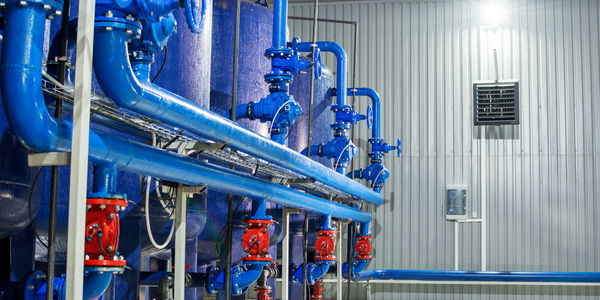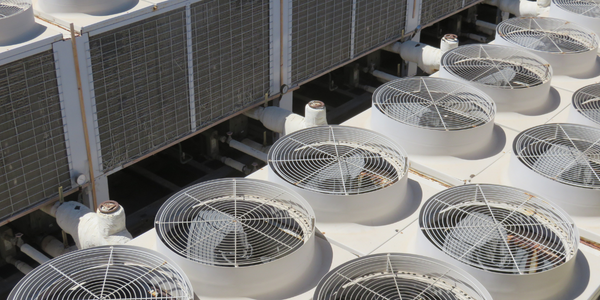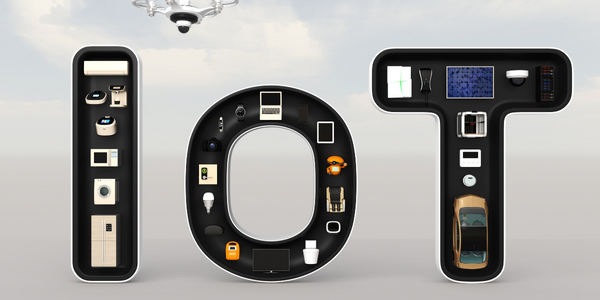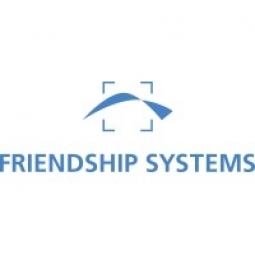Technology Category
- Sensors - Flow Meters
- Sensors - Liquid Detection Sensors
Applicable Industries
- Equipment & Machinery
Applicable Functions
- Product Research & Development
Use Cases
- Mass Customization
- Virtual Prototyping & Product Testing
About The Customer
The customers of CAESES® are leading companies in the field of turbomachinery, including SIEMENS, Toyota, MTU, KSB, Spencer Turbine, and IHI. These companies use CAESES® for the design of turbomachinery components for various applications such as turbochargers, gas turbines, fans, and pumps. These devices can be axial, radial, or mixed flow devices. The customers require a robust and flexible platform that can be integrated into their existing workflows and that allows for efficient shape optimization.
The Challenge
The design of turbomachinery blades is a complex process that requires a high level of precision and customization. The challenge lies in creating robust and flexible parametric models that can be integrated into existing workflows. The models need to consider geometric and manufacturing constraints, and should be capable of reducing the total number of parameters. Furthermore, the design process should allow for comprehensive tuning possibilities of shape details to better control local flow phenomena such as cavitation or swirl. The preprocessing for all design variants should be done only once, and the entire process should be geared towards automation for efficient shape optimization.
The Solution
CAESES® provides a powerful and flexible platform for the design of turbomachinery blades. It allows for the creation of robust and flexible parametric models that can be integrated into existing workflows. The platform considers geometric and manufacturing constraints within model setups and intelligently reduces the total number of parameters. It offers comprehensive tuning possibilities of shape details to better control local flow phenomena. CAESES® also ensures one-time preprocessing for all design variants and is geared towards automation for efficient shape optimization. The platform also provides parametric support geometries for the automated CFD analysis of new design candidates. It adjusts to the shape of the blades and can be meshed automatically without any manual interaction. The advanced and robust CAD capabilities of CAESES® allow for the modeling of the parametric solid domain of the blades, including scallops for turbine wheels. As a result, the stress analysis can be calculated in one loop together with the CFD analysis, saving months of manual engineering work.
Operational Impact
Quantitative Benefit

Case Study missing?
Start adding your own!
Register with your work email and create a new case study profile for your business.
Related Case Studies.

Case Study
Smart Water Filtration Systems
Before working with Ayla Networks, Ozner was already using cloud connectivity to identify and solve water-filtration system malfunctions as well as to monitor filter cartridges for replacements.But, in June 2015, Ozner executives talked with Ayla about how the company might further improve its water systems with IoT technology. They liked what they heard from Ayla, but the executives needed to be sure that Ayla’s Agile IoT Platform provided the security and reliability Ozner required.

Case Study
IoT enabled Fleet Management with MindSphere
In view of growing competition, Gämmerler had a strong need to remain competitive via process optimization, reliability and gentle handling of printed products, even at highest press speeds. In addition, a digitalization initiative also included developing a key differentiation via data-driven services offers.

Case Study
Predictive Maintenance for Industrial Chillers
For global leaders in the industrial chiller manufacturing, reliability of the entire production process is of the utmost importance. Chillers are refrigeration systems that produce ice water to provide cooling for a process or industrial application. One of those leaders sought a way to respond to asset performance issues, even before they occur. The intelligence to guarantee maximum reliability of cooling devices is embedded (pre-alarming). A pre-alarming phase means that the cooling device still works, but symptoms may appear, telling manufacturers that a failure is likely to occur in the near future. Chillers who are not internet connected at that moment, provide little insight in this pre-alarming phase.

Case Study
Premium Appliance Producer Innovates with Internet of Everything
Sub-Zero faced the largest product launch in the company’s history:It wanted to launch 60 new products as scheduled while simultaneously opening a new “greenfield” production facility, yet still adhering to stringent quality requirements and manage issues from new supply-chain partners. A the same time, it wanted to increase staff productivity time and collaboration while reducing travel and costs.

Case Study
Integration of PLC with IoT for Bosch Rexroth
The application arises from the need to monitor and anticipate the problems of one or more machines managed by a PLC. These problems, often resulting from the accumulation over time of small discrepancies, require, when they occur, ex post technical operations maintenance.

Case Study
Data Gathering Solution for Joy Global
Joy Global's existing business processes required customers to work through an unstable legacy system to collect mass volumes of data. With inadequate processes and tools, field level analytics were not sufficient to properly inform business decisions.







